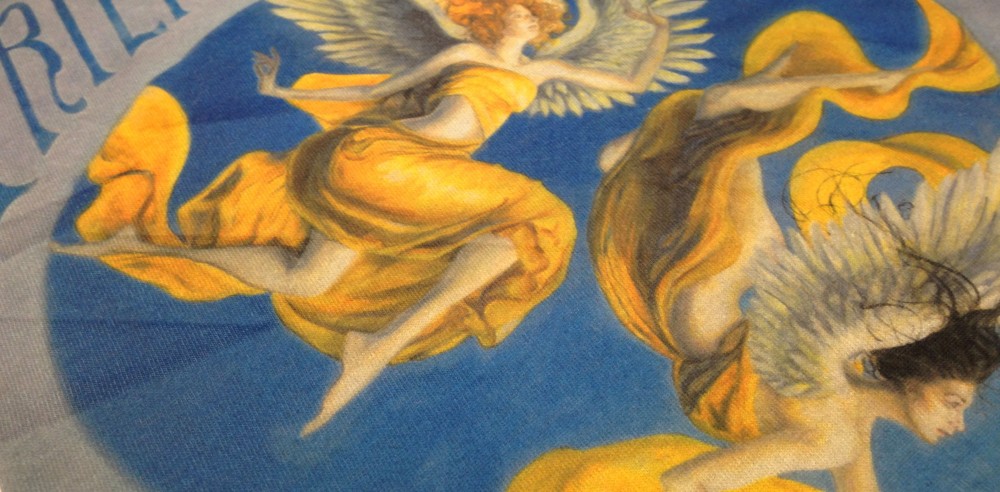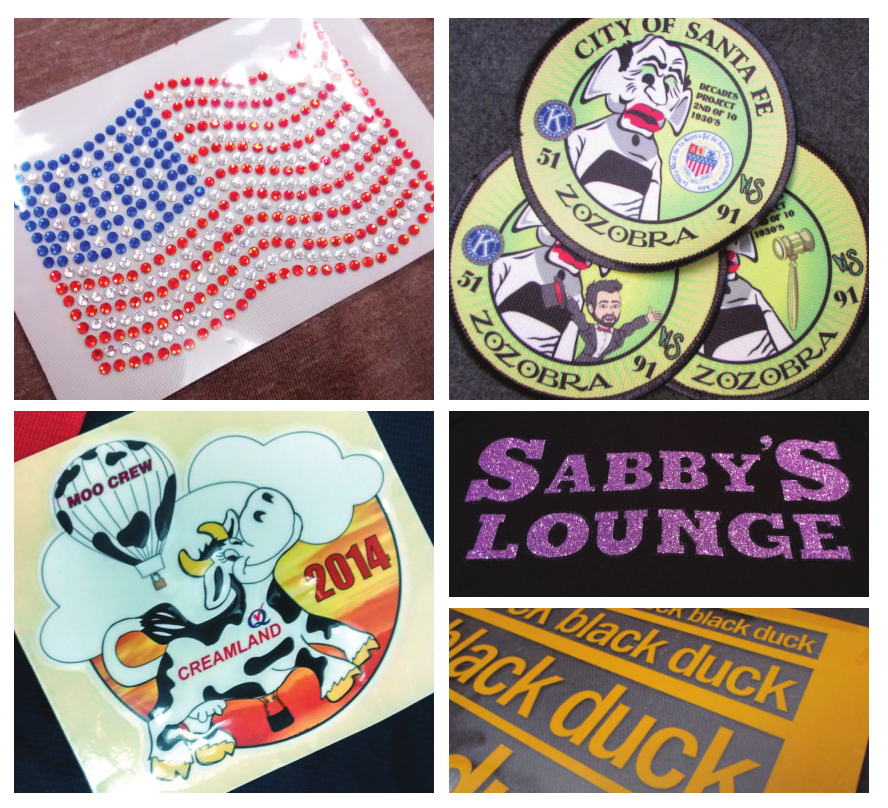
Why do you suggest that embroiderers add heat printing to their shops?
Some people are shocked to find out that I am an advocate for any embroidery-only shop to consider adding heat printing to their repertoire. Because I talk so frequently about machine embroidery, most of my readers would be forgiven for thinking I don’t like or use any other kind of process for decorating apparel, but that couldn’t be further from the truth. All of the companies for which I’ve worked in the industry were multi-process firms that handled a wide range of decoration processes; though my experience is most strongly connected to embroidery, I’ve had the good fortune to work with artists and printers in creating all sorts of work from traditional screen-printing right through paper, signage and other specialties. That said, when it came time to write a piece for the December 2015 issue of Printwear, I knew that I had to shine a light on the reasons why I always start pushing for a heat press whenever a small embroidery shop wants to branch out. If you want to read the entire article and see examples of heat-printing, you can check out the full article, but for those of you in a hurry, here’s my take on the key benefits:
Low Barrier of Entry
As a widely serviced and well established segment of the industry, heat printing has a multitude of suppliers for pre-printed transfers, cut lettering, and materials. The only thing you must purchase to start printing is a quality heat press, and compared to an embroidery machine, the costs of adding a heat press are almost trivial.

A small selection of the transfers and finishes of heat printing.
Versatility
Heat printing has become more and more popular, fostering an ecosystem of varied finishes and materials for every kind of garment and application. Everything from glitter flakes, rhinestones and patterned materials to pre-printed full color images, to pre-distressed cut applique with an embroidered look can be secured as a heat-print or heat-adhered decoration. More than that, standard flat presses and sublimation transfers can make it possible for you to print phone case inserts, plaques, dog tags, and photo panels while the addition of a mug press can allow for the printing of all manner of cylindrical drinkwear.

Sublimated mugs are a great up-sell item
Expandability
Though suppliers can offer all of the heat printing transfers you need to build a following, it’s relatively easy to move into your own production of heat-printed transfers gradually, starting with simple cut graphics on a plotter-cutter or print-cut machine, ranging all the way up to creating your own full color sublimation with a sublimation printer. Though you will require some skill with vector art to create cut graphics and you’ll need to know more about raster art for most digital printing applications, those same suppliers that afford you with your pre-cut and pre-printed transfers offer education and resources as well as the materials you’ll need to create your transfers as a stepping stone to further art-prep education.
The takeaway is that for any embroidery-only shop that wants to take the first steps into printing, there’s nothing like heat printing to make that possible. Nothing beats it for bringing a host of new possibilities to your decorating with even its most basic tools and training. For the full run-down and more detail on the decoration process, check out my article in Printwear!








LEAVE A COMMENT